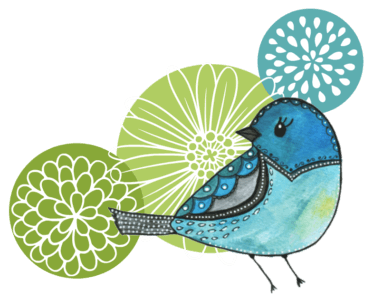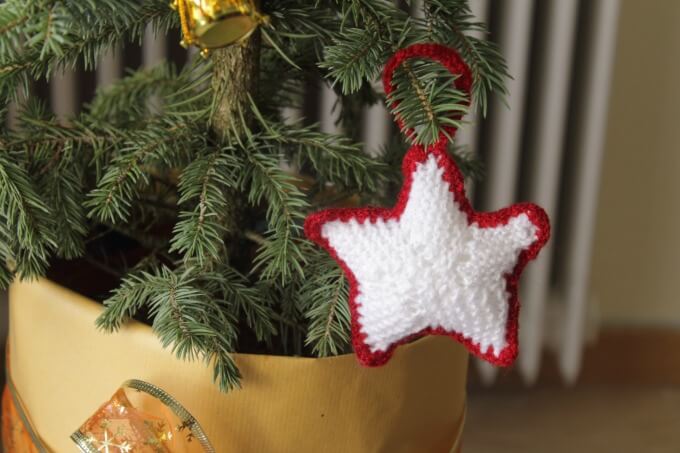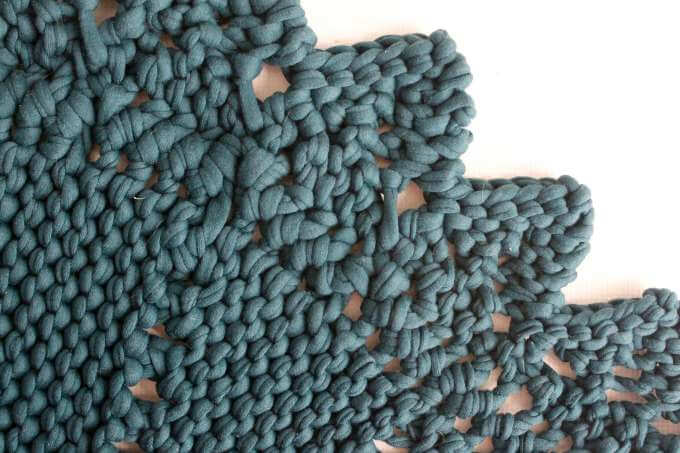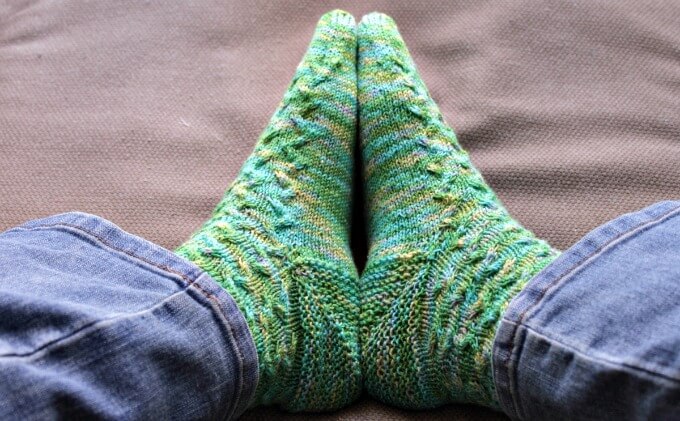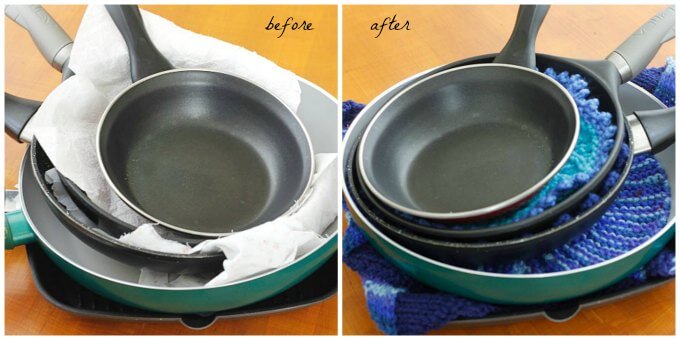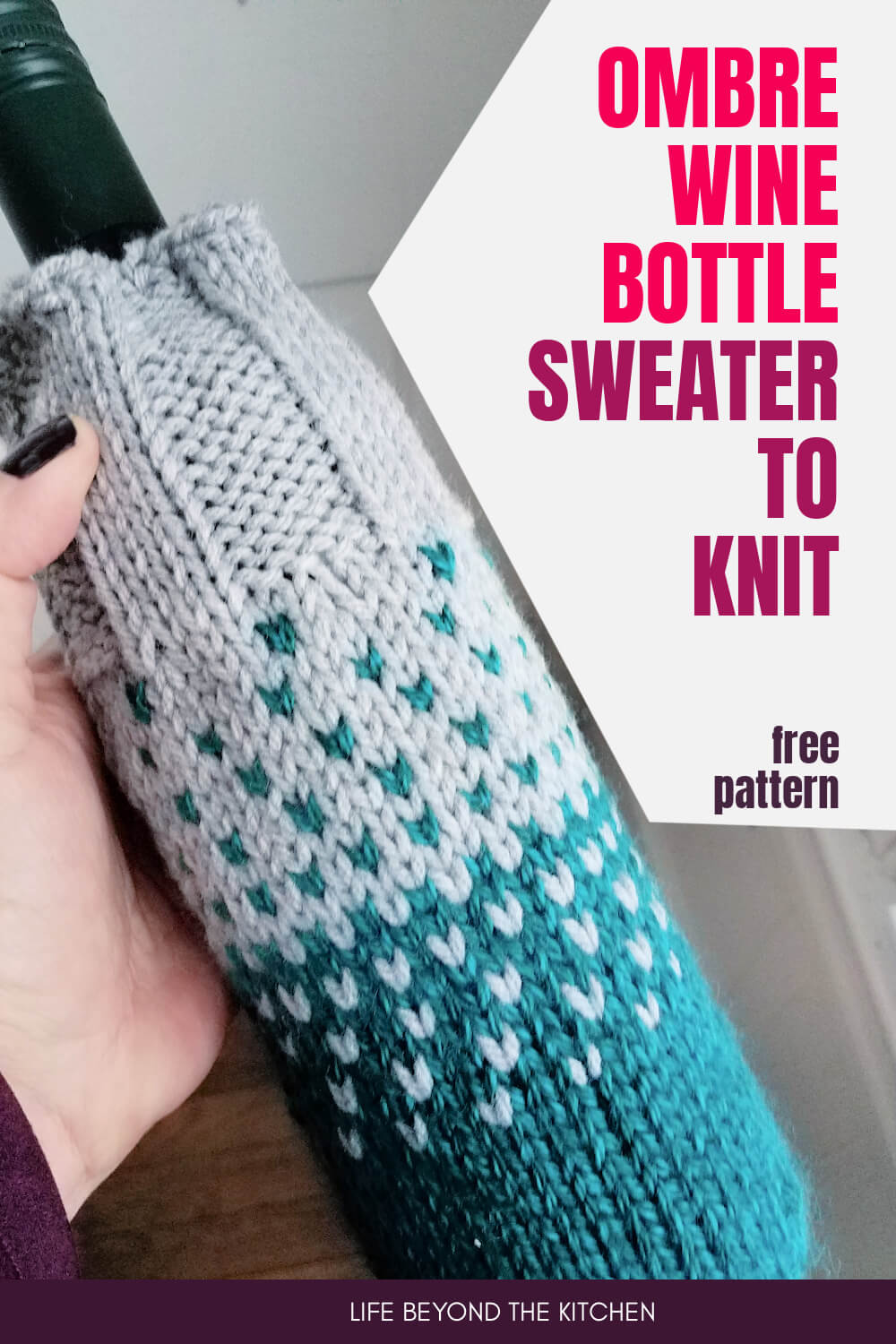Study Knit Straps for Belts or Bags
I’m still working on the Toy Tote. It has grown to over 500 stitches around so each round takes me a good chunk of time to complete. Rather than bring the play surface to work on while I was travelling last week, I decided to work on the knit straps and pouch that help form the carrying bag.
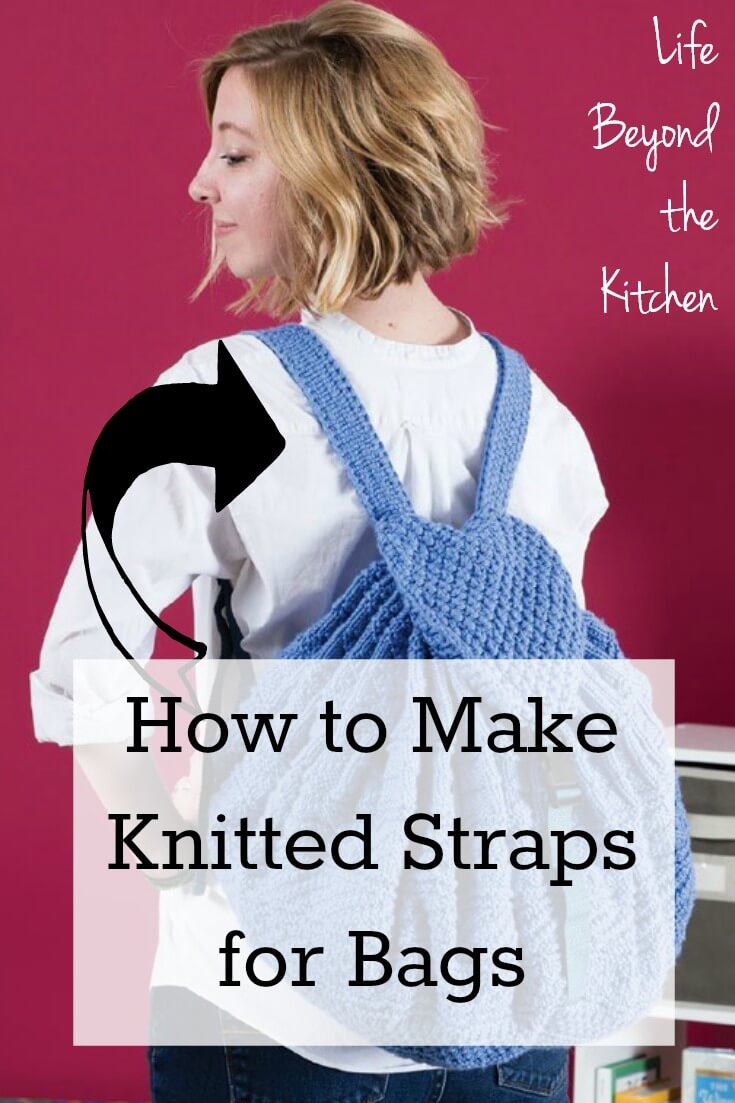
This post contains affiliate links for your convenience. If you click on them and make a purchase I’ll receive a commision at no extra charge to you. For more information, see my disclosure here.
The pattern for the straps is a variation of the Linen Stitch and forms a nice, sturdy fabric that is doesn’t stretch a lot. I thought you might like to learn how to make it for your own projects. It would be perfect for a belt or a purse. The fabric is very dense with a woven look so it could also be used on a larger scale to make things like placemats or even the body of a bag.
For the Toy Tote the instructions say to use two strands of worsted weight yarn. I think I would use two strands for all but the chunkier yarns. In order to get a nice tight fabric make sure your needles are a half to a whole size smaller than you’d normally use. You’ll want to make a swatch to see which size needle gives the best result for the yarn you’ve chosen and your knitting style.
To make these straps you’ll need:
Yarn in any thickness, double the strands if working with aran, double knit or worsted weight yarn.
Needles a half or whole size smaller than you would ordinarily use. For example, if you would use a 5mm needle (US 8), drop down to 4.5mm (US 7) or maybe even 4mm (US 6). The needles can be circulars or straight.
A marker
You’ll need to know these stitches and abbreviations:
- Knit (k)
- Purl (p)
- Slip (s) Always slip purlwise (without twisting the stitch) unless the pattern says differently.
- With Yarn in Front (wyif)
- With Yarn in Back (wyib)
- *Repeat the stitches between the asterisks as directed*
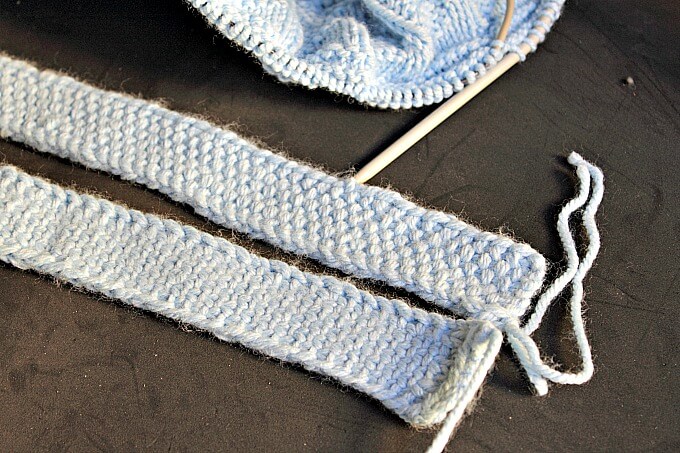
Let’s Make the Straps
Cast on an even number of stitches using any cast on you prefer. The Toy Tote pattern calls for 8.
Row 1 (WS): Bring your yarn in front of the needle as if you’re going to purl. Slip the first stitch. (swyif) Take the yarn between the needles as if you are going to knit. Slip the second stitch (swyib). To continue, *Purl, swyib* across the row until there are two stitches left. Purl 2.
Row 2 (RS): Hold your yarn in back of the needle as if you’re going to knit. Slip with first stitch (swyib). Bring the yarn forward between the needles as if you are going to purl. Slip the second stitch (swyif). To continue, *Knit, swyif* across the row until there are two stitches left. Knit 2. Insert a marker on this side to remind you this is the right side.
Repeat these two rows until your strap is the desired length.
Here are the directions in “Knit Speak”:
Row 1 (WS): swyif, swyib, *p, swyib* repeat until 2 stitches are left, p2
Row 2 (RS): swyib, swyif, *k, swyif* repeat until 2 stitches are left, k2
Repeat Row 1 and 2 until desired length.
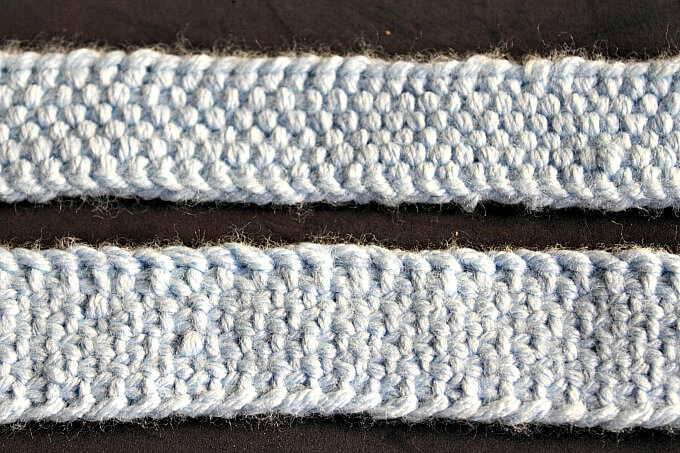
In my head, I refer to the two sides as the knit side and the purl side rather than wrong and right. The purl side (top in the photo) has a nubby effect that’s very attractive while the knit side (bottom) looks more woven. Slipping the first two stitches of a row gives a decorative edge while the slipped stitches help to create the tight fabric. You’ll notice as you’re working that the stitch that was slipped on the row before is worked on the current row.
I’ve created a video to help demonstrate the stitch pattern. It’s easy to memorize and even though the two sides are distinct from one another, I know if I see the marker I’m on the “knit” side (Row 2).
